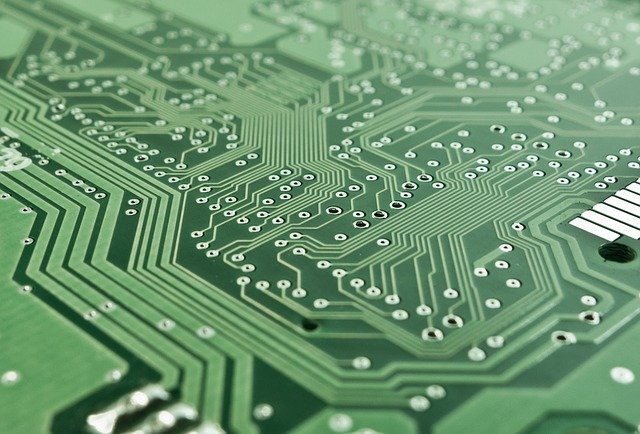Types And Advantages Of MEMS Technology

MEMS is cutting-edge technology in use today. It enables not only significant improvements in the characteristics of electronic equipment but also the development of devices for solving problems in a variety of fields. What do you know about MEMS technology?
The MEMS is used in the majority of the devices that people use daily in their professional and personal lives. If you’re hearing about this concept for the first time, it’s time to learn more about it and how it can benefit humanity.
What Is MEMS?
MEMS is a microelectromechanical system composed of miniature mechanical and electromechanical elements created using high-precision microtechnologies. To manufacture MEMS devices, one uses micro-processing technology.
MEMS devices can have physical dimensions ranging from one micron to several millimetres. They also range in complexity from relatively simple structures with virtually no moving elements to extremely complex electromechanical systems with a large number of movable elements and a large number of integral microelectronics.
MEMS technologies are already being used in the production of various microcircuits. For example, in some applications, MEMS oscillators replace quartz generators. MEMS technologies are also used to make a wide range of miniature sensors, such as:
- Accelerometers;
- Media evaluators (e.g., for operative blood tests);
- Barometric pressure sensors;
- Angular velocity sensors;
- Magnetometric detectors.
What Are The Advantages Of MEMS Technology?
MEMS inherit the majority of the advantages of integrated circuits (ICs) over discrete component circuits because they are manufactured using the same techniques as ICs. Here are the primary advantages of MEMS technology:
Minor Variation In Parameters
The production of components in a single process cycle allows for obtaining parameters that are nearly indistinguishable from the same components. Simultaneously, by using schematic or design methods, the task of compensating for the technological spread of parameters is significantly simplified.Excellent Processability and Repeatability
During the manufacture of MEMS, one uses well-worked and controlled processes, allowing him to obtain products with the desired characteristics. The absence of assembly operations improves the processability of complex systems and increases the design flexibility of MEMS-based devices.Microdininutiveness
When compared to traditional technologies, the use of MEMS controller allows for getting much smaller micromechanical and optical nodes.Exceptional Functionality
Because of the product’s miniature size and the ability to manufacture sensors, processing circuits, and actuators in a single device, one can create complete systems of varying complexity in a single case, comparable in size to IMS.High Reliability
MEMS reliability outperforms that of a similar system assembled from discrete components. Because of their small size and weight, MEMS mechanical assemblies perform better in vibration and impact conditions.Low Cost
The low cost of MEMS-based devices and MEMS scanning mirror can be attributed to their high processability and the ability to design using commercially available functionally finished components.The range of MEMS applications is constantly expanding. Some of them are already visible, most notably on smart roads, where MEMS are embedded in the pavement to monitor its condition.Where Are MEMS Sensors Used?
MEMS technology can be used in a variety of electronic components. Companies that manufacture these components ostensibly claim that using MEMS yields better results than devices used before MEMS technology was available. MEMS technology is commonly used in four types of products in the field of electrical engineering.MEMS In Audio
In the field of sound equipment, MEMS technology is used in microphones and speakers.MEMS Sensors
MEMS lidar sensor construction is the most common application of MEMS technology. The following sensors make use of it:- Accelerometers;
- Flow sensors;
- Gas sensors;
- Gyroscopes;
- Inclinometers;
- Magnetic field sensors;
- Pressure sensors.
